Did you know that most of the carbohydrates you eat are starches? It’s true. Whole grains, pasta, rice, and more contain starch. You’ve maybe heard most of these kinds of starchy carbohydrates are bad for you. And to a large extent, that’s true — especially when it comes to highly-processed, easily digestible starches such as white bread, pasta, and more.
But, there’s one particular type of starch called resistant starch that’s an underrated game-changer when it comes to improving your overall metabolic health. In fact, hundreds of clinical studies show that resistant starch is a secret superstar in the realm of rebooting your metabolism and rebalancing your gut microbiome.
Read on to find out the most common sources of resistant starch, plus why (and how) this deeply nourishing dietary fiber can improve your health.
What Is Resistant Starch in the First Place?

Resistant starch is a specific form of dietary fiber that has some pretty major health benefits — from better digestion and improved blood sugar levels to increased energy and lower cholesterol.
How it does so is really interesting, and it all has to do with your gut microbiome. Basically, foods high in resistant starch “resist” digestion in your small intestine. So, instead of immediately being broken down into glucose energy (like most of the foods you eat), resistant starch travels all the way to your colon where it’s used as fermentable food by the good bacteria in your gut.
Your gut by the way — as is helpfully explained in this article — is fascinating. It’s home to an ever-changing, ever-evolving ecosystem of trillions of bacteria. And it’s the only “organ” in our body that we have the power to alter and re-populate based on what we eat. So, when we feed it with resistant starches and soluble prebiotic fibers, we effectively stimulate the healthy bacteria living in our guts, which leads to some pretty life-changing health benefits.
Butyrate: The Best Byproduct Around
One particularly notable benefit of resistant starch is actually just a byproduct. During the fermentation process of the good bacteria feeding on prebiotic plant fibers in your gut, there’s an uptick in production of compounds called short-chain fatty acids, which are key to gastrointestinal health.
Arguably, the most important of these SCFAs is butyrate. According to research, butyrate does a lot of heavy lifting for healthy living. It helps regulate the immune system. It maintains the barrier between the intestinal wall. It promotes satiety after meals. And it may even protect against diseases such as colorectal cancer, inflammatory bowel disease, diabetes, and obesity.
Butyrate is also the preferred fuel source for the cells that line the colon. So, one cool thing about eating resistant starch is that you’re not only feeding the friendly bacteria in your gut; you’re also indirectly feeding the cells in your colon. Talk about a win-win!
Before we dive into which foods have resistant starch in them, it’s important to consider a couple things….
How Much Resistant Starch Should You Eat Per Day?
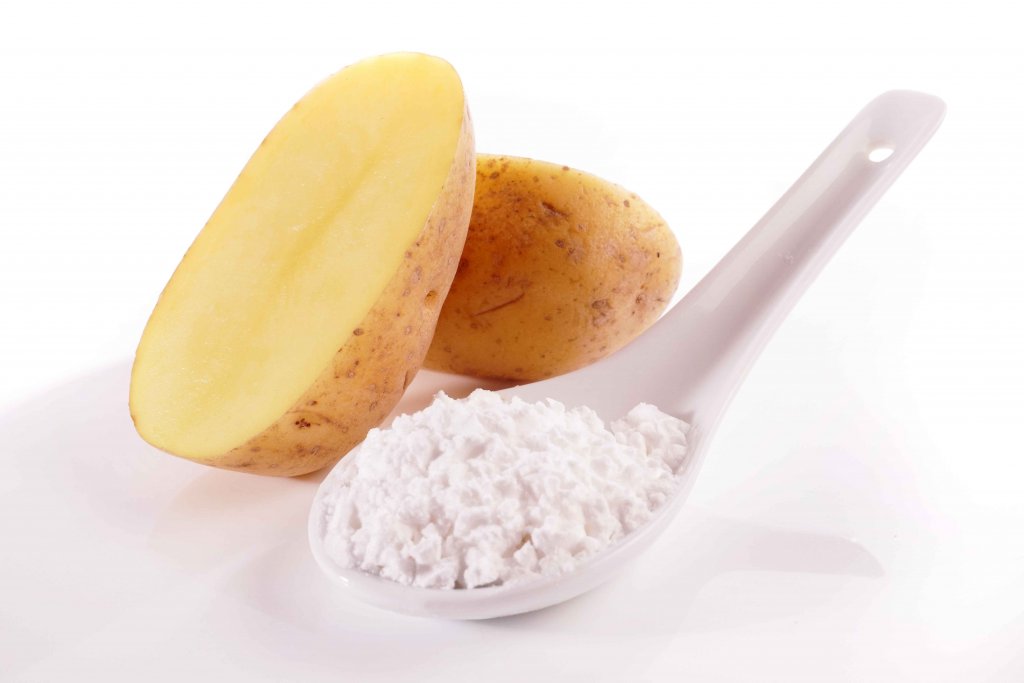
Back in the (very distant) day, our ancestors would regularly consume about 30-50 grams of resistant starch per day. These days? Most people are lucky to get 3-8 grams. Crazy, right? That’s modern westernized food systems for you though! Most health scientists now suggest getting somewhere between 15 and 20 grams of resistant starch per day.
As you’ll soon see once we start to unpack the most common sources of resistant starch, getting this amount is easier said than done. A lot of the foods (like under-ripe bananas and uncooked oats, for instance) are… somewhat surprising to say the least. Which is why adding resistant starch food supplements to your diet is such a good idea!
Cooked vs. Cooled Resistant Starches
One interesting quirk of resistant starch is that some foods have higher levels of resistant starch when they’ve been cooled compared to right after they’re freshly cooked. That’s because their chemical structure changes as they cool, producing more resistant starch.
For example, rice, potatoes, and pasta can have higher resistant starch levels after they’ve cooled. This process is called starch retrogradation. One study showed that cooked, cooled, then reheated rice increased the amount of resistant starch but it’s better to eat these foods cooled when possible.
So, What Are the Most Common Sources of Resistant Starch?
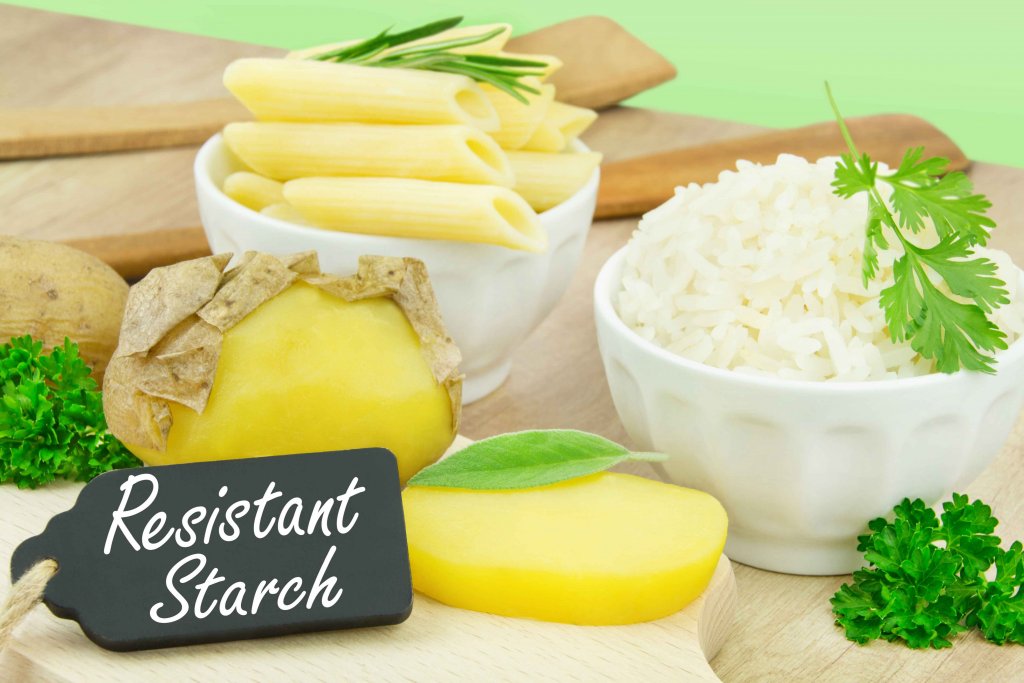
Foods that are high in resistant starch include:
- Any starch that has been cooked, then cooled (such as rice, potatoes, and pastas)
- Whole grains such as barley and steel cut oats
- Plantains and green bananas (not yellow or ripe bananas, which have regular starch)
- Legumes like black beans and lentils
Cooked and Cooled Rice
Looking for a super convenient and cost-effective way to add resistant starch to your diet? Simply cook, then cool rice! (Preferably exotic rices such as brown, black, and red rice which hasn’t been stripped of fiber and other nutrients like phosphorus and magnesium.) To save time, cook a large batch for the whole week and keep it cooled in the fridge. Studies show that resistant starch contents in cooked and cooled brown rice is about 3.5 grams per 1.2 cup serving.
Don’t see how you can eat rice cold? Try making a salad with rice or make your own sushi!
Oats and Other Whole Grains
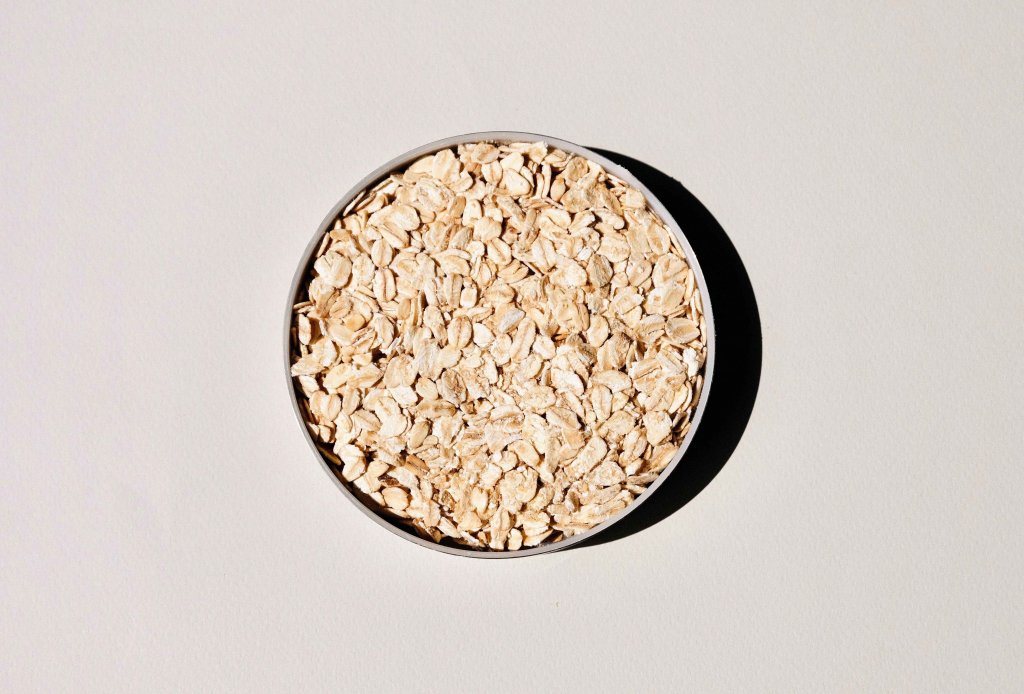
Just 3.5 ounces (½ cup serving) of cooked oatmeal flakes can have around 3.6 grams of resistant starch!
(Oats also contain beta-glucan, a type of soluble fiber that helps slow your digestion, helps you feel fuller, and decreases your appetite.)
Want to increase the amount of resistant starch in your oatmeal without adding calories? Let your oats cool for at least a couple hours or overnight.
Don’t have time to cook oats? Put them in containers with 1 part oats, 1 part water and let them sit in the fridge overnight for overnight oats. You can even add chia seeds and fruit for extra nutrients and fiber.
Want an even easier solution? Try muesli, a breakfast cereal that contains oats, nuts, seeds and dried fruits.
Though many people unknowingly fear grains, whole unprocessed grains such as barley, sorghum and cooked + cooled potatoes have high amounts of resistant starch. Baked potatoes have 3.6 grams of resistant starch in each 100 gram serving when eaten cooled.Though it may go against logic, try not to reheat your potatoes as they contain more resistant starch when cooled. Try them in a cold potato salad!
Unripened Bananas
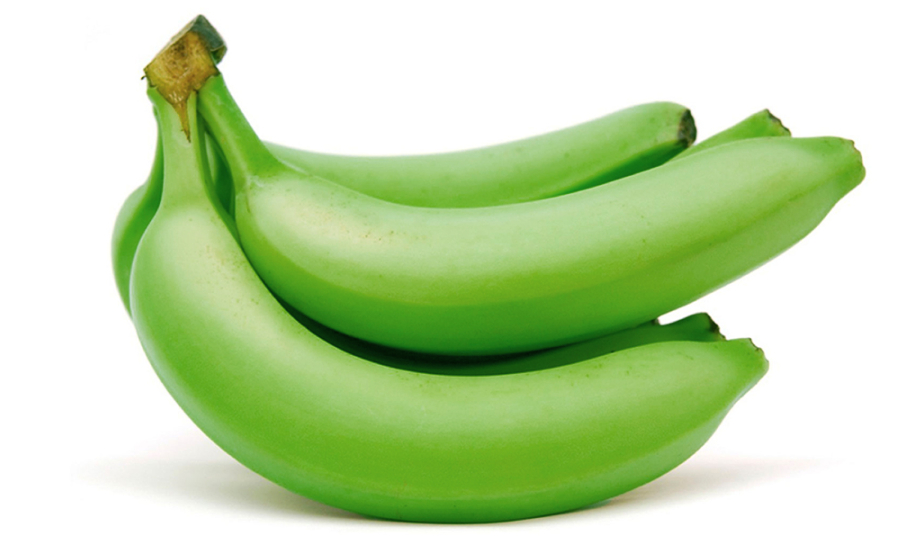
Why don’t ripe bananas have much resistant starch? Because as bananas ripen, their resistant starch turns into simple sugars including fructose, glucose, and sucrose. But green bananas (unripened) and green banana flour have a whopping 5.5 to 16.6 grams of resistant starch per serving!
In fact, according to research, the resistant starch concentration in unripe bananas was almost ten times higher compared to ripe ones, and 60-80% of their carbs are resistant starch. So choose green bananas when available and eat them within a couple of days before they ripen. You can even slice and freeze them to keep them from ripening and add them to your daily shakes.
Beans and Legumes
Most contain about 1-5 grams of resistant starch for every 100 grams cooked. Make sure to soak and heat them to remove anti nutrients like lectins. You can try pinto beans, soy beans, black beans, and even garden peas. But the winner here is fava beans, which contain 7.70-12.7 grams of resistant starch per 100 gram serving! Try tossing them into a soup, salad or even in a burrito.
Advice for Getting Started with Resistant Starch
There are a few things to keep in mind when it comes to adding more dietary sources of resistant starch to your diet.
First, resistant starch is a fiber. Most people don’t get enough fiber in their diets — in fact, only about 5% of Americans do. So, when you do start adding more fiber and more dietary sources of resistant starch into your diet, it’s natural that sometimes you’ll experience some digestive “growing pains” so to speak. Slowly ramping up your intake is a good idea.
Second, staying consistent is key. As with most things in life, positive change doesn’t happen overnight. It takes time for your body to start seeing the positive impacts of more fiber and resistant starch in your diet. It also takes creating small daily habits each day to reach your health goals. The good news is that consistency has compounding benefits. The more frequently you consume sources of resistant starch, the bigger and better results you’ll see!
Finally, good sources of resistant starch aren’t always easy to come by. To ensure you’re hitting the recommended daily intake of fiber, it’s more than okay to fill in the gaps with supplements.
Add More Resistant Starch to Your Diet with Supergut
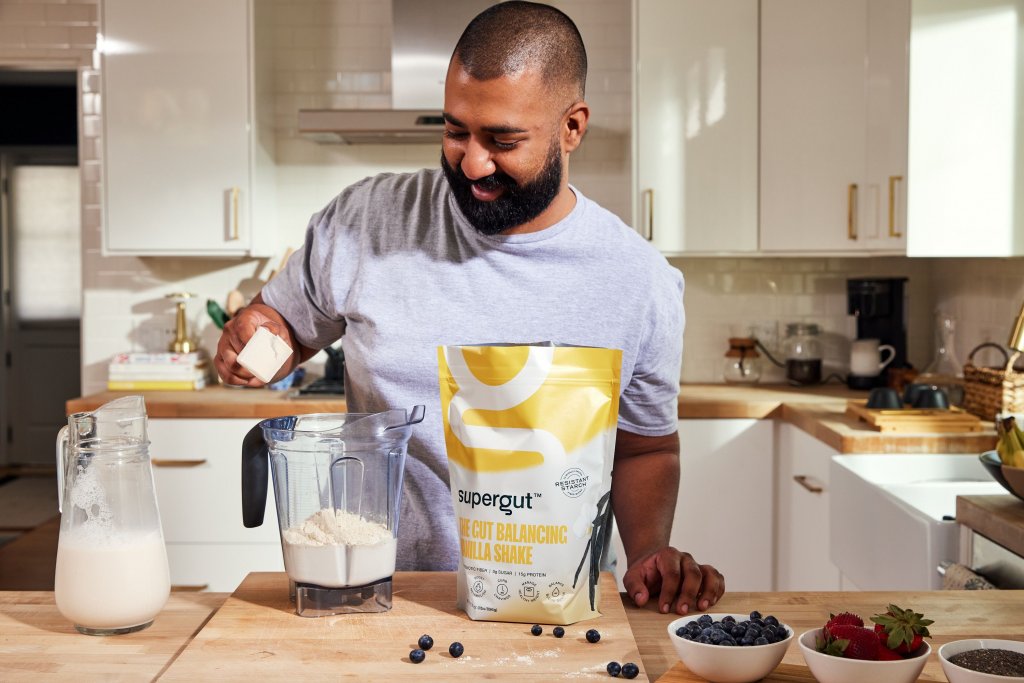
If the thought of eating a raw potato or under-ripe banana doesn’t exactly scream appetizing, fear not. With Supergut, there’s an easier, tastier way.
With our patented Resistant Starch Fiber Blend and our delicious variety of Gut Balancing Shakes and Bars — not to mention our unflavored Add-to-Anything Fiber Mix — we’ve made it super easy to incorporate more resistant starch into your diet. In fact, there are 6 easy ways to get the most out of your Supergut journey.
If you’re ready to take action and regain control over your health, here’s your chance.








